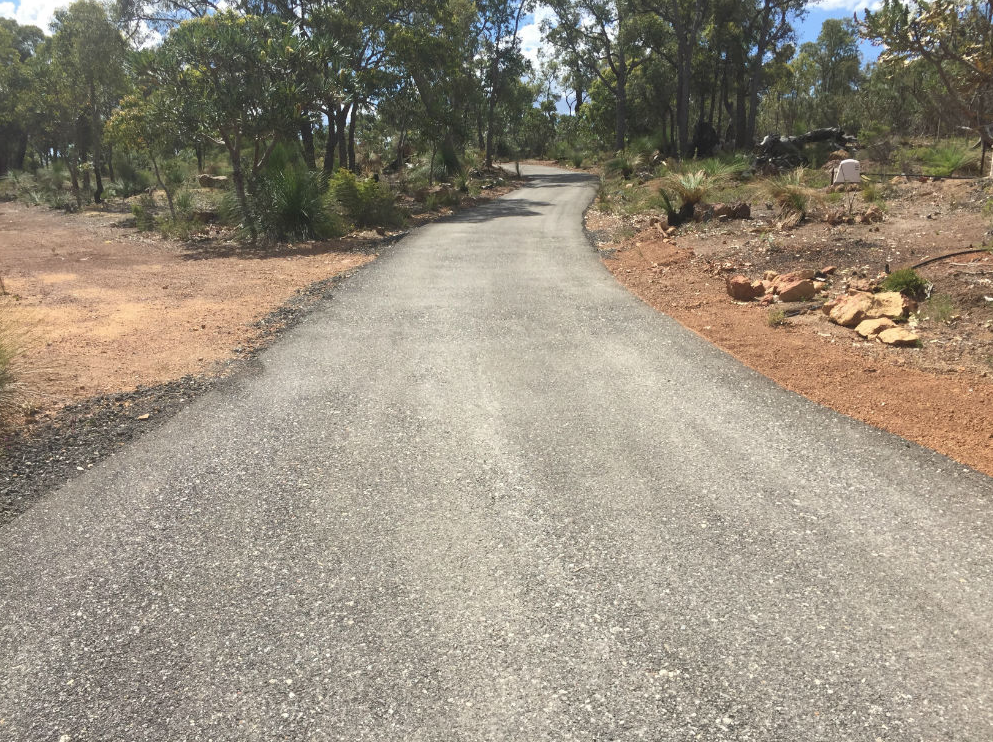Hardstands are vital components of both residential and commercial sites, providing durable, load-bearing surfaces for vehicle movement and storage. However, the requirements for hardstands vary significantly depending on the type of vehicles they are expected to support. At Dandenong South Road Tech, we design and construct purpose-built hardstands across Dandenong South, VIC to suit everything from cars and utes to B-doubles and industrial plant.
Understanding the key differences between light and heavy vehicle hardstands is essential for choosing the right specification for your site.
1. Base Thickness and Compaction Requirements
One of the most significant differences lies in the thickness and compaction of the base layers. Heavy vehicles exert far more pressure on the surface, demanding a stronger and deeper foundation.
Light vehicle hardstands:
- Standard depth of base and sub-base
- Suitable for occasional vehicle use
- Moderate compaction level
Heavy vehicle hardstands:
- Substantial base thickness to distribute load
- Requires deep excavation and multiple compacted layers
- Designed to handle repetitive, high-pressure use
At Dandenong South Road Tech, we determine the base structure based on anticipated axle loads and vehicle frequency on each site in Dandenong South.
2. Surface Material Selection
The choice of surfacing material must reflect the weight and type of traffic using the hardstand.
Light-duty hardstands:
- Bitumen spray & seal or standard asphalt
- Cost-effective and flexible for residential use
Heavy-duty hardstands:
- Reinforced asphalt mix or engineered bitumen layers
- May require a stronger binder or aggregate blend
- Designed to resist deformation and shearing
Incorrect material choice leads to premature wear, cracking, or even surface collapse.
3. Load Distribution Design
Heavy vehicles create concentrated point loads that must be factored into hardstand construction. Light vehicles, by contrast, distribute load more evenly.
Light-duty design:
- Basic layout with minimal stress points
- Driveways, small car parks, and garden paths
Heavy-duty design:
- Reinforced zones for turning, braking, and static load
- Structural overlays in high-stress areas (e.g., loading docks, truck bays)
We design hardstands in Dandenong South to control load distribution through strategic construction and reinforcement techniques.
4. Drainage Considerations
Water management is important for all hardstands, but heavy-duty areas must handle more runoff and resist water ingress under load.
Light vehicle areas:
- Basic grading and shallow spoon drains
- Suitable for low-volume flow
Heavy vehicle areas:
- Engineered fall for rapid water removal
- Heavier-duty drainage systems to prevent sub-base saturation
- Sealed shoulders and edge protection
Dandenong South Road Tech ensures every surface in Dandenong South is built with appropriate drainage infrastructure to protect against erosion and failure.
5. Maintenance Requirements
Light-duty hardstands typically require minimal upkeep. Heavy-duty surfaces, however, face constant wear and need more frequent inspections and intervention.
Light vehicle surfaces:
- Occasional resealing or patch repairs
- Maintenance every 5–10 years
Heavy vehicle surfaces:
- Regular inspections for cracking, rutting, and edge wear
- Scheduled resealing and resurfacing to maintain performance
- Proactive base reinforcement if settlement occurs
Planning for long-term maintenance is essential to preserve the investment and safety of the hardstand.
6. Edge Treatments
Edges bear a surprising amount of load during turning, braking, and parking—especially with trucks and machinery.
Light vehicle hardstands:
- May not require formal edge treatment
- Gravel shoulders or basic borders are common
Heavy vehicle hardstands:
- Require kerbing, reinforced edging, or concrete barriers
- Prevents lateral cracking and base shifting
We reinforce hardstand edges in Dandenong South to maintain structural integrity and prevent early surface damage.
7. Site Usage and Functional Layout
The functional use of the site plays a significant role in hardstand design. Heavy-duty hardstands must accommodate manoeuvring, access, and weight distribution for larger vehicles.
Light-duty examples:
- Driveways, domestic parking areas, small garden or workshop hardstands
Heavy-duty examples:
- Loading bays, service yards, freight terminals, logistics zones
At Dandenong South Road Tech, we work closely with each client to develop layouts that improve traffic flow, reduce surface wear, and support efficient operations in Dandenong South.
Conclusion
A hardstand must be designed with its users in mind. While light and heavy vehicle hardstands may look similar on the surface, their underlying design and construction vary significantly. Failing to account for these differences can lead to surface failure, increased maintenance costs, and operational downtime.
At Dandenong South Road Tech, we design and construct asphalt and bitumen hardstands tailored to your needs—whether it’s for residential access or industrial vehicle operations in Dandenong South. Our team ensures each project is delivered with strength, function, and longevity in mind.
Call us on: 03 9068 7895
Click here to find out more about Dandenong South Road Tech
Click here to complete our contact form and see how we can help with your driveways.

